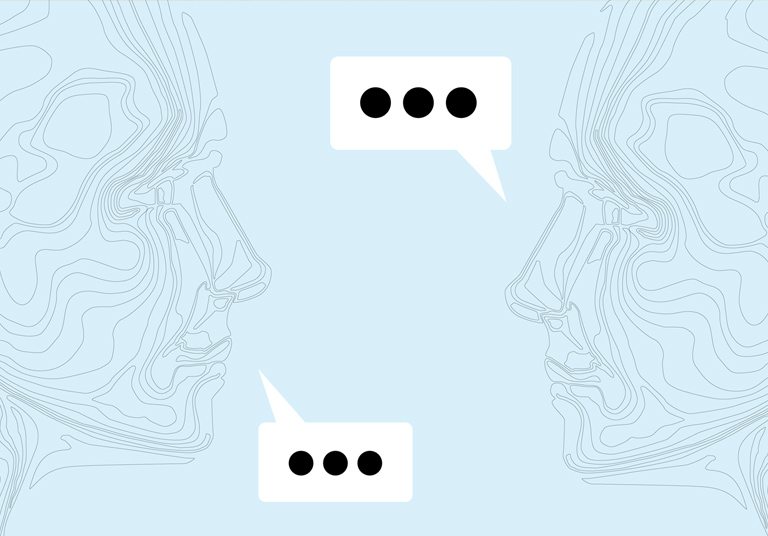Overcoming Wellness Technology’s Biggest Challenge
Tom Provan, Senior Strategist
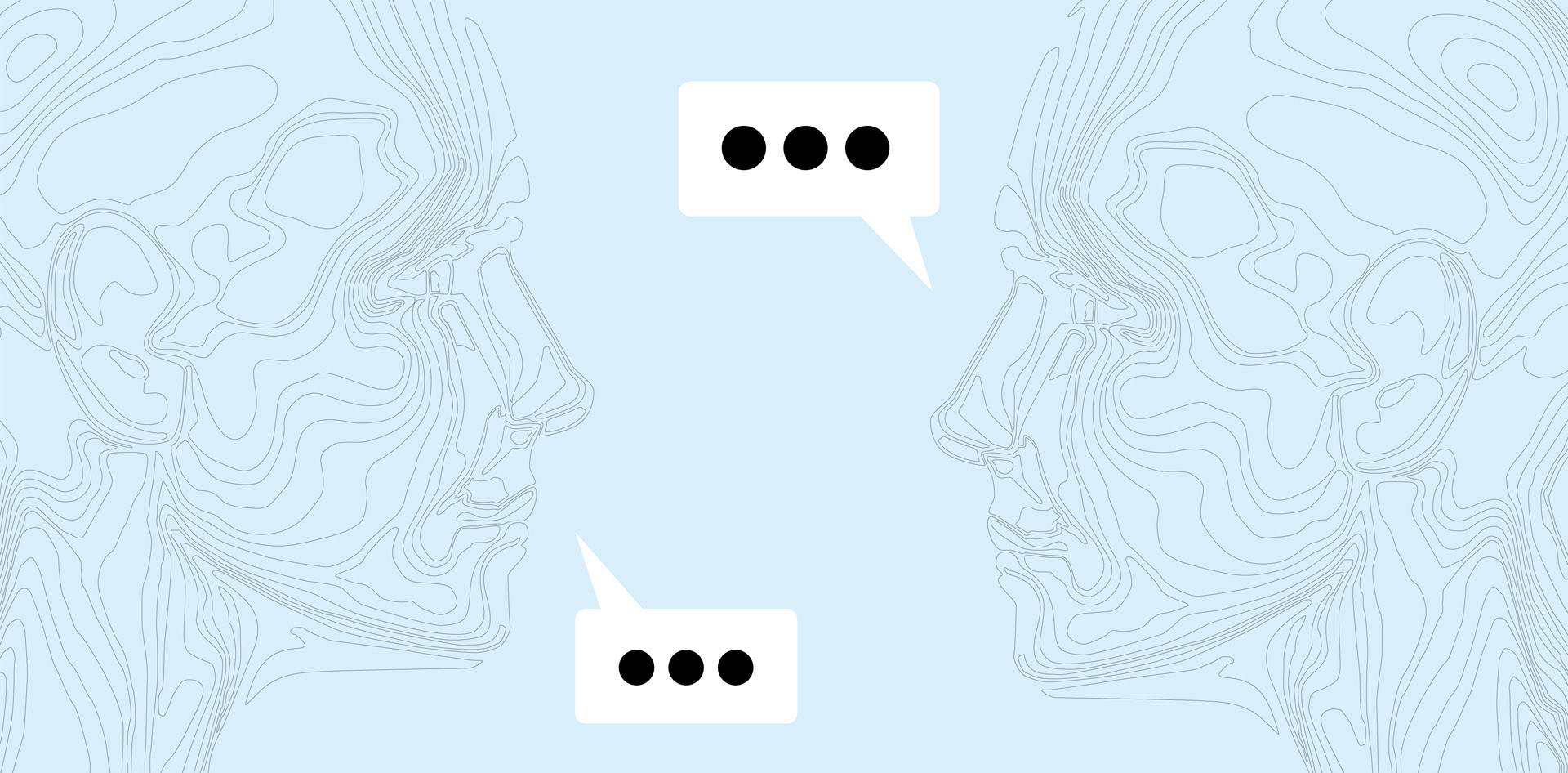
Wellness Technology needs to overcome it’s biggest challenge yet, maintaining consumer engagement through rewarding the user through positive, meaningful communication personalised to the user’s needs and values.
From Habit to Chore
Wellness technology is heralding a new age of personal wellbeing, all the while struggling with one fundamental challenge: sustained use. Regularly, new pieces of technology are connecting with consumers through promising a revolution in wellbeing for the user. This challenge is only increasing as the market becomes more saturated within devices proprietary technologies. Reports show that 30% of fitness and wellbeing trackers get abandoned in the first 6 months, with the rate higher for apps.
Why is this? Often, it is because the technology has underestimated simple human psychology. Habit, reward, and how communication factors into our perception of meaning.
Human beings are creatures of habit. Habits are formed as safe behaviours that produce a benefit to the person, and thus habits are learned through either positive or negative reinforcement. The key to everything; the reward mechanism. Dopamine release in the brain to indicate we are achieving, which provides a significant advantage for learning new habits. Positive reinforcement through reward. Then, if a person does something new and get rewarded with dopamine, they will be more likely to repeat that action again.
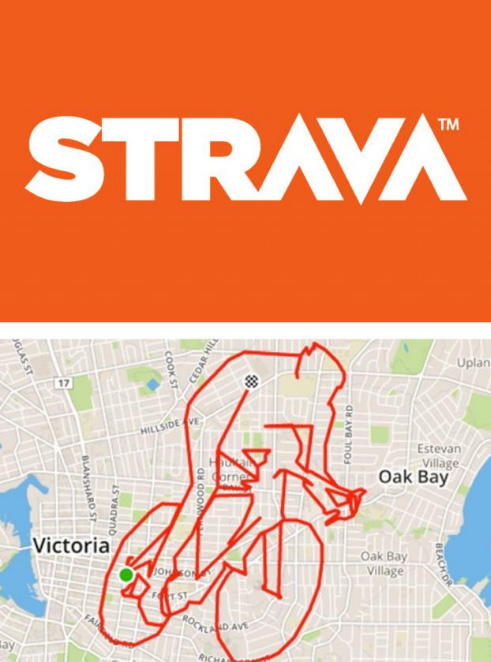
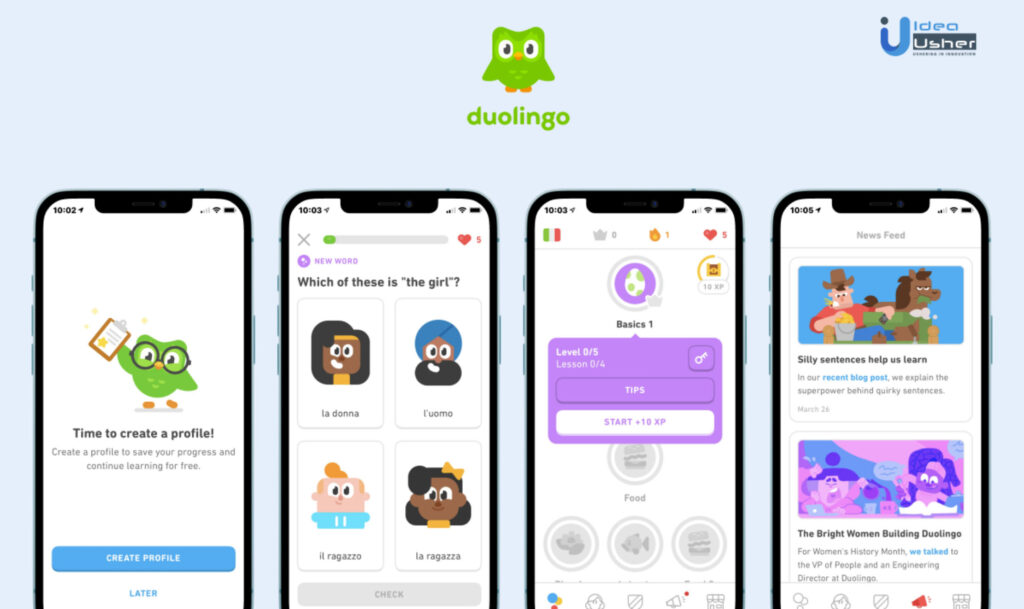
The Gentle Push Turns To Nucance
Wellness technologies already achieve some positive reinforcement through features such as streaks and challenges. Strava, the fitness tracking app, uses streaks to motivate it’s users into regular, habitual engage, which in turn leans into the meaningful challenge the users are looking for from the app. However, it amplifies the reward mechanism through social motivation, encouraging users to share their progress and thus gaining social gratification, which in turn prolonges the user’s engagement.
The sustained use problem for wellness technology is emphasised in the language and tone between the tech and the user, especially for app-based tech. Notifications to encourage use can quickly become just needy reminders to use the tech. Motivation turns into nagging. Suddenly, the positive association and reward mechanism turns into negative reinforcement. Guilt can overcome the user, or frustration at being hassled. These negative associations can become overwhelming and can put consumers off even the simplest or most beneficial of technologies.
The now infamous Duolingo Owl is the most prevalent pop culture example of subtle encouragement quickly spiralling into perceived passive aggression. Push notifications became judgemental threats.
Duolingo owned this reputation, leaning into the humour and memes with their ‘Duolingo Push’ campaign, but it spoke to a wider trend of communication and consumer need for reassurance. They recognised the collective struggles that people undergo when keeping up a positive habit and collectively poked fun together. Wellness tech needs to learn from Duolingo’s approach: communicate with empathy, recognise the funny side, let the user know you relate to their experience
The sustained use problem for wellness technology is emphasised in the language and tone between the tech and the user, especially for app-based tech. Notifications to encourage use can quickly become just needy reminders to use the tech. Motivation turns into nagging. Suddenly, the positive association and reward mechanism turns into negative reinforcement. Guilt can overcome the user, or frustration at being hassled. These negative associations can become overwhelming and can put consumers off even the simplest or most beneficial of technologies.
How then does technology overcome this? How does a piece of wellness tech provide rewarding interaction? And prevent itself from going from novelty to chore? Like all good relationships, it starts and ends with good communication. Good communication that resonates on a personal level, engaging and connecting meaningfully with the user’s values.
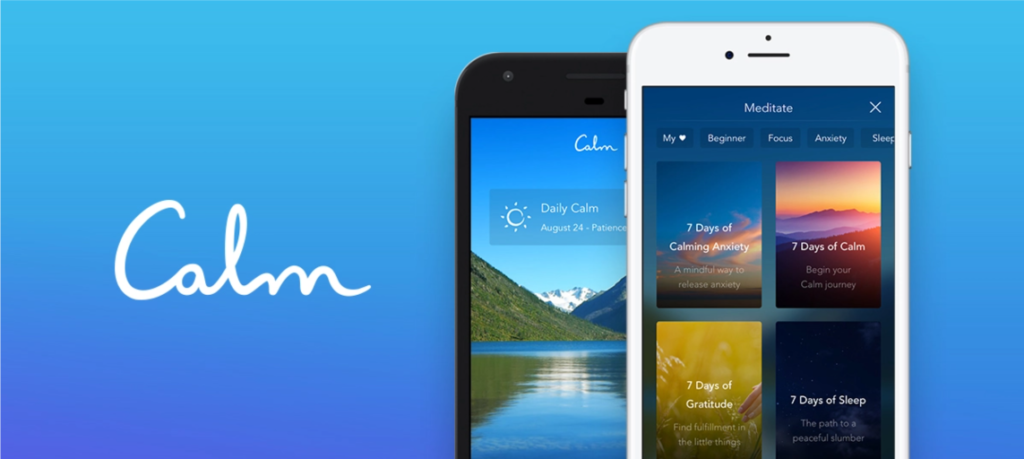
Truly Personal Communication
A human brain will reward itself for positive social interaction or communication (part of our evolutionary need to encourage social behaviour). Wellness technology needs to use this simple fact to build a relationship with its user, and Recipe has spotted the future of user interface needs to focus on choice-driven communication between tech and user.
Right from the first conception of intelligent technology, we have been trying to understand the favoured method of communication. The boom of satellite navigation devices in cars was quickly followed by the boom of celebrity voices built into new devices. Now the equivalent is in meditation and mindfulness apps where consumers are choosing who speaks to them. The Calm App has a plethora of celebrity voices, such as Harry Styles or Idris Elba, for meditation and sleep experiences.
Whilst this empowers the user through control and choice, it also speaks to a fundamental need to set our boundaries for how we get spoken to.
We expect the next generation of wellness technology to speak to consumers on a more personal level but instigated by the user themselves, aligning with the meaning shift for greater personalisation.
For example, as everyone is motivated in different ways, it makes sense for fitness-based technology to respect this. App interfaces could begin to offer choice in communication style. Do consumers want only to see the facts and figures, free of judgement? Do they want positive inspiration and motivation? Or do they want to feel like they are being coached?
Every approach will work better for some rather than others, and people will likely change their preferences, so why not begin to explore the effect of creating more personalised communication. This goes beyond notification settings. This is a freedom to choose the tone in which our technology communicates to us. UX design of the future of wellness technology will be about rewarding interactions through pleasant experience.
Beyond this, there is room for emotionally intelligent communication. Understanding that certain times of a day or week are more emotionally challenging for people, or even that someone’s life circumstances might have changed temporarily, technology should be designed for empathetic communication to allow for interactions sensitive to the user’s wellbeing. Easy of switching between communication methods, and interaction design that understands and helps users if they aren’t reacting to one type of communication, all need to be considered. For example, if a piece of smart sleep-monitoring technology is monitoring a new parent, the data presented cannot be offered to the user in a way that could be perceived as judgemental. Having smart technology that can see a user is going through a tough period and therefore adjusts to be more reassuring is a far more rewarding interaction that being reminded that they are not hitting their sleep goals.
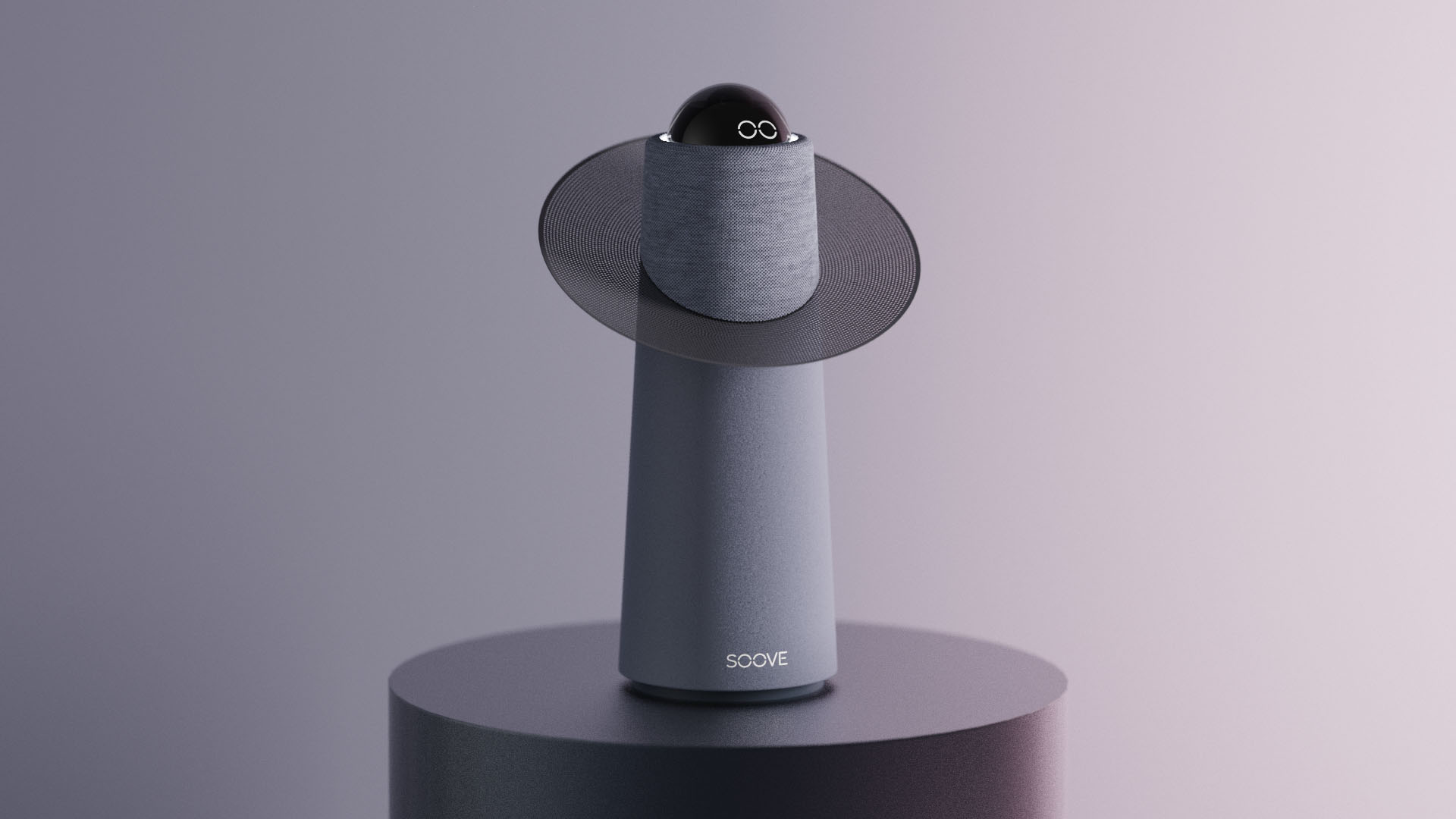
Shifting the meaning of personalised communication.
Our approach at Recipe Design is about making interaction meaningful between the consumer and the product. The renaissance in wellness technology has so much to offer a plethora of consumer groups but connecting to them and making those interactions beneficial needs to be designed in a way that makes everyone feel better.
By understanding the simplest of the brain’s reward pathways from positive social interaction, wellness tech brands can design and create meaningful relationships and fully explore the potential of the wellness they can bring into their consumer’s life. The closer we can get wellness technology to communicate and reassure us like another human would, the better wellbeing the technology is offering.
Recipe Design is a London-based strategic insights and design agency. Our experience in health and home brands has allowed us to see the growing synergy in communication needs between consumer and service. We showcase how these needs can be met for the user in our concept design for Soove – connecting sleep, emotion, and anthropomorphic design.
Recipe Design will be at the Global Wellness Summit 2022 in Tel Aviv from October 31st. Where we will be sharing our unique approach, Meaning Centred Design™. If you are going, why not come and find us to chat about the future of meaningful experiences to the consumer. If you aren’t there, follow our Instagram or LinkedIn to get regular updates about how wellness tech is changing to meet the values held by consumers.
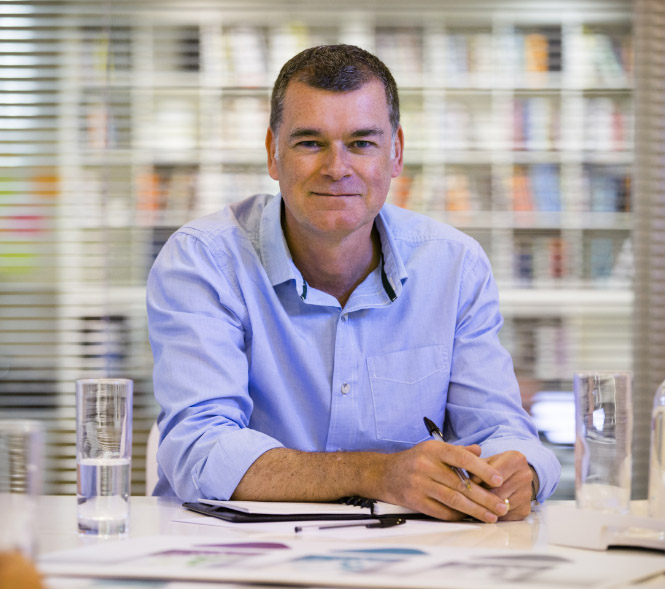
Miles Hawley, CEO of Recipe Design will be attending the Global Wellness Summit 2022 later this month.
Taking place in Tel Aviv, Israel Oct 31st – November 3rd 2022, the Global Wellness Summit has been held annually since 2007, bringing together leaders and visionaries to positively impact and shape the future of the $4.5trillion global wellness industry.
Miles will be joined by Simon Browning (COO) and Natasha French (Client Services Lead) to participate in 4 days of working sessions which aim to explore the trends defining the leading edge of wellness, support quality research and champion meaningful innovation.
If you would like to meet with the Recipe team at or around the event, or find out more about how Meaning Centred Design™ principles can be applied to address the wellness opportunity, then please get in touch with Natasha French
